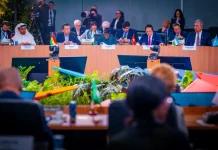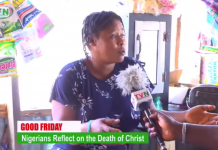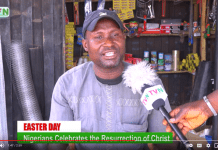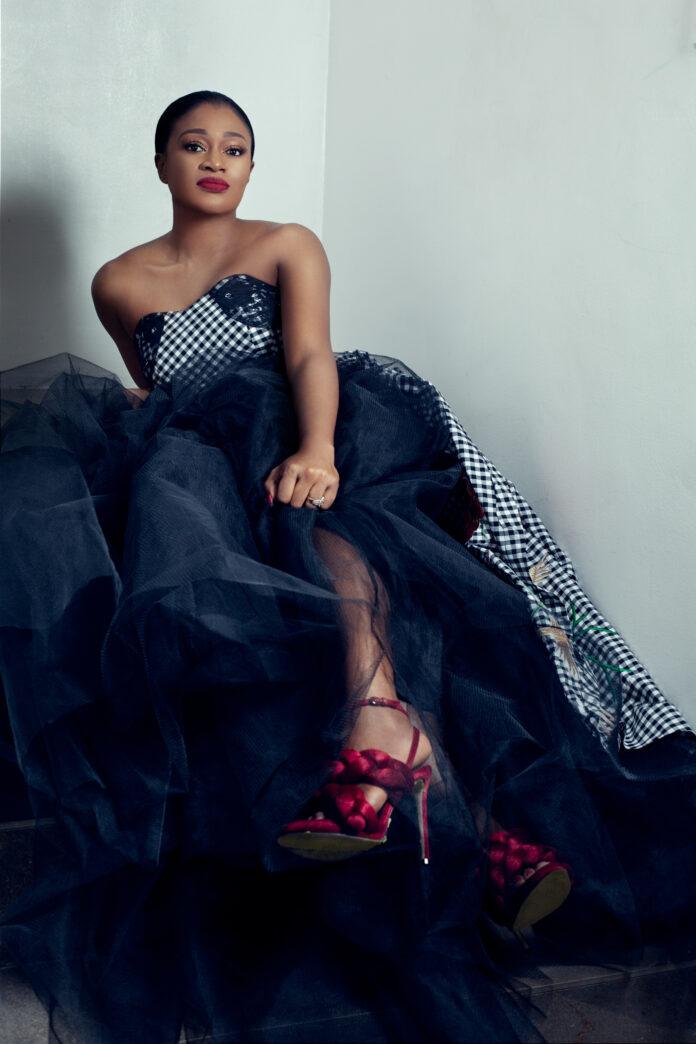The creative director and co-founder of the women’s clothing brand Wearlala is Oluwakemi Ajayi, a fashion designer, fashion entrepreneur, and fashion instructor headquartered in Lagos. She talks about her path to fashion, what inspired her to become a fashion coach, and what persevered in this conversation with SEYI TAIWO-OGUNTUASE. Excerpts:
Why did you pursue a career in fashion?
I use fashion design as a means of expressing my creative side. Since I was a little child, I have always had a strong interest in fashion and apparel and textiles.
By producing aesthetically pleasing designs, it enables me to express and realize my creativity and artistic abilities.
Additionally, I’ve aspired to become an entrepreneur because it would allow me to establish a profitable brand.
Additionally, while I was at university, my mother, who loves the arts, urged me to enroll in a fashion design/dressmaking course.
I typically attend classes over the holidays. As time passed, I became very passionate about dressmaking, drafting designs, and textiles and apparel.
I eventually became proficient in fashion design and made the decision to pursue it as a career since it gives me the opportunity to express my thoughts and realize my goals.
Could you elaborate about your brand?
My spouse, a co-founder of the firm, came up with the moniker Wearlala solely on his own.
We came up with the name Lala based on my nickname Kemolala since we wanted a moniker that would be appropriate for any stylish item, not only clothing.
Thus, we created WEARLALA, a mashup of the words wear and lala.
Wearlala Fashion is a custom clothing firm for ladies that specializes in creating distinctive styles for both women and kids.
The use of high-quality, eco-friendly textiles and inventiveness are the cornerstones of the company. For those who are interested in and passionate about mastering the craft of dressmaking, it also hosts training sessions and workshops.
Why did you decide to become a fashion tutor or open a dressmaking center?
Teaching is something I’m naturally good at. I used social media to advertise my work when I was still a freelance dressmaker and fashion designer. I also produced a lot of fashion content and tutorials for other dressmakers who were struggling with pattern drafting and garment construction.
After a while, many people found my online tutorials to be very beneficial, so it became necessary to develop in-person workshops and training.
It provided me with the opportunity to interact more closely with other would-be dressmakers and feel fulfilled by influencing others’ expertise.
How did you begin working in this field?
Although I have been a freelance seamstress and designer since 2010, the firm was formally registered in 2018.
Wearlala is a women’s custom clothing firm that aims to strike a balance between African culture and westernization and is heavily influenced by a love of creation.
Thanks to social media’s effect, we were able to establish a solid presence in the sector.
In addition to designing and producing personalized apparel for our many clients, I also provide a ton of fashion-related content on Facebook, Instagram, and YouTube, such as sewing guides and do-it-yourself projects, to help budding designers become inspired.
How much time does it take you to keep abreast of current fashion trends and apply them to your designs?
I keep up to date by using social media, fashion magazines, fashion databases such as Business of Fashion, Vogue Business, and WG:SN, which are subscription-based businesses that provide future insights and innovations in fashion-related topics and other sectors, as well as trend forecasting companies that help you stay ahead of the right fashion trends.
How did you plan and organize your dressmaking courses to guarantee that learners get thorough instruction and growth?
Regardless of your level of understanding, the classes are made to be simple to understand.
With a very low teacher-to-student ratio, our planned learning curriculum allows potential students to study both the theoretical and practical aspects of dressmaking. For individuals who are unable to attend in-person lessons, we also provide online sewing instruction via recorded videos on several websites and channels.
How did you make sure that students were ready for the constantly shifting fashion world by integrating industry trends and advancements into your curriculum?
Every new fashion trend is based on preexisting information with a few minor adjustments.
The capacity to replicate styles from a basic design is one of the most important technical abilities we teach our students. To be able to conceptualize and realize a new design, you must possess an analytical mind.
Do your students have a chance to present their designs?
To encourage our students to present their designs, we host fashion shows for them.
They can use this to advertise to prospective clients and obtain ideas from other designers. It boosts them confidence to become better dressmakers.
Do you see your brand changing over time?
With a greater emphasis on making custom clothing—a concept that has not yet been started but is in the works—we hope to grow the brand outside of Nigeria.
It would combine modern Western clothing with African styles.
How do you integrate ethical and sustainable principles into your production process and designs?
The longevity and adaptability of the style and fabric are factors I take into account while developing a garment and when consulting with my clients.
A major component of slow fashion and sustainability promotion is the use of sustainable materials in the creation of patterns and pieces.
I conduct extensive research on textile and fabric suppliers who adhere to industry ethics on sustainability. In summary, we create clothing that, due to the high caliber of the materials utilized, can be handed down from one person to another.
What early obstacles did you encounter, and how did you overcome them?
Getting clients who understood the concept of buying clothing made of sustainable materials was one of the biggest obstacles my team and I had to overcome.
Purchasing slow fashion clothing can be costly, but it will ultimately save money because it reduces pollution from washing, dying, and other processes.
By consistently discussing with customers the value of sustainability and utilizing high-quality, long-lasting textiles, we raise consumer awareness.
Promoting the brand outside of Nigeria presented another difficulty.
We were going to use social media, word-of-mouth, and referrals to find clients both inside and outside of Nigeria.
Could you describe a difficult project or projects you have worked on and how you overcame the challenges?
I will list a few of the difficulties I have faced personally along this career route. Obtaining precise measurements to ensure a flawless fit while making clothing for clients overseas is one challenge.
To get over that issue, I do virtual meetings with potential clients using Zoom or WhatsApp to make sure the measurements are collected precisely.
Read Also: Nigeria’s First Lady Boosts Healthcare with N1bn, 10 TB Machines to FCTA
Another enormous undertaking is planning fashion shows for our pupils, yet we manage to succeed with perseverance and teamwork.
What key insight have you gained from working in the fashion industry?
Although the market is quite large and the industry is highly competitive, it provides a platform for everyone to showcase their talents.
Success in the fashion industry requires a great deal of creativity and dedication. You will stand out and carve out a niche for your brand thanks to your originality and inventiveness.
The value of networking and teamwork, which allows you to connect and collaborate with other fashion businesses, is another crucial lesson.
Which kind of cloth is your favorite to work with?
My passion for Ankara designs is unmatched, largely due to the fact that I was raised in northern Nigeria.
Cotton makes up the majority of Ankara fabric, which may be utilized to create a wide variety of modern and African designs.
African print cloth can be used to create aesthetically pleasing designs and is renowned for its adaptability.
What goals do you have for the brand going forward?
To create a fashion brand that is sustainable and healthful while retaining its own style of incorporating African design into modern styles in order to appeal to a worldwide clientele.
Join Television Nigerian Whatsapp Now
Join Television Nigerian Facebook Now
Join Television Nigerian Twitter Now
Join Television Nigerian YouTUbe Now

























